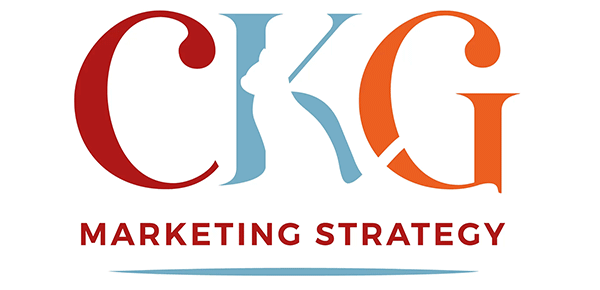The Marketing Mix And The 4Ps
The marketing mix is the collection of elements used to promote your product or service to the market – how you take the right product to the right place, at the right time and at the right price.
The 4Ps is the most common method used in the marketing mix, so that’s what we’ll concentrate on.
The 4Ps
The 4Ps were brought to us by E. Jerome McCarthy back in the 1960s and are still used today.
They are: product, place, price and promotion.
Product
The product is the thing that you’re selling. It includes everything about the product, not just the product itself. For example, a physical product would include the design, packaging, how it’s used, the features, after-sales support, warranty, service, quality, etc. A service would include the deliverables, delivery method, support, access, customer support, etc.
It’s important that there is desire for the product, and therefore market research should be carried out to determine the variability of the product. Who will buy it? To solve what problem? Is there demand for it? How and where will they use it? What features must it have? How does it look? Who will it appeal to?
Place
Place refers to both location (physical or online), and positioning (how it is perceived).
Location:
– Where do customers already look for your product?
– What is the preferred method of delivery?
– Do you need a physical location, or can you remain online?
– If you have a physical location, what should it look like? What is the atmosphere you want to create inside?
– Do you need multiple locations – should you attend events, send samples, have an online store and be in a catalogue?
Positioning:
– How do you want to be perceived by customers, and how does this effect the design of the locations, price, product and promotion?
– How do you differentiate from your competitors?
– How do you want your customers to feel about your product, and of your business as a whole?
Price
Price defines what your customers would pay for the product, and also what you need to sell it at in order to make a profit.
The perception of price also plays a part and will depend on your target market. If you price too low, it might be deemed low quality, but price it too high and price will outweigh value.
Take into consideration the R&D and experience that has gone into creating the product, and the number of sales that are expected to be made. For example, Dyson sell their products at a premium because of the R&D element, whereas established online course providers can sell entry-level products at a discount because they expect high numbers of sales to cover the cost of creating it.
Other aspects that might influence price are the value customers put on the product, the current going rate for the product (competitor prices), the customer sensitivity to price fluctuations and whether there should be different prices for different markets (trade vs consumer, for example).
Included in price are any promotions or sales that might be attached to the product. You might start with an introductory offer, for example, or give discounts for bulk purchases.
Promotion
Promotion is how you communicate the other Ps, and the features and benefits of the product to the target market, and is essential for a successful campaign.
This is where you decide which marketing channels you are going to use and how you are going to communicate to your audience.
You’ll want to consider:
– When is the best time to promote your product? If timing is important, for example with a seasonal product, when is the best time to start? Are there events you need to attend that correspond with this?
– How will you reach your target market? Where do they spend time and will therefore see your product?
– How are competitors promoting their products and can you see opportunities to do it better/use another untapped channel.
The 5th, unofficial P
This isn’t in any marketing textbook, but we think it’s important to add one final ‘P’ here. And that’s ‘Personal’.
Keep in mind through all of this that you, as the product or service provider, must want to provide it. In order to build a sustainable business, you must love what you do enough to continue to provide it over a long period of time.
All too often, the emphasis is placed on the end consumer – find out what they want and sell that. This is a great strategy if you want to make money fast, but to build a business that you love, you must be in love with the product too.
So take your own personal desire for your business and the lifestyle you are building into consideration at all times. The decisions you make must align with you personally, or you will be fighting to stay engaged long-term.
The Marketing Mix
The marketing mix is how you bring all these 4Ps together in order to sell your product. Now you know the details of the product, where it is best placed, how much to sell it for and how you are going to market it, you can create your marketing strategy around this information.
Revisit these 4 (or 5) Ps regularly to make sure your data is still relevant. If there are shifts in perception or advances in technology, for example, how does that affect your current model?
Using the 4Ps as a starting point ensures you are considering all aspects of your marketplace.
If you need help understanding the 4Ps and how they relate to your business, please get in touch with Cat on: cat@ckgmarketing.co.uk






